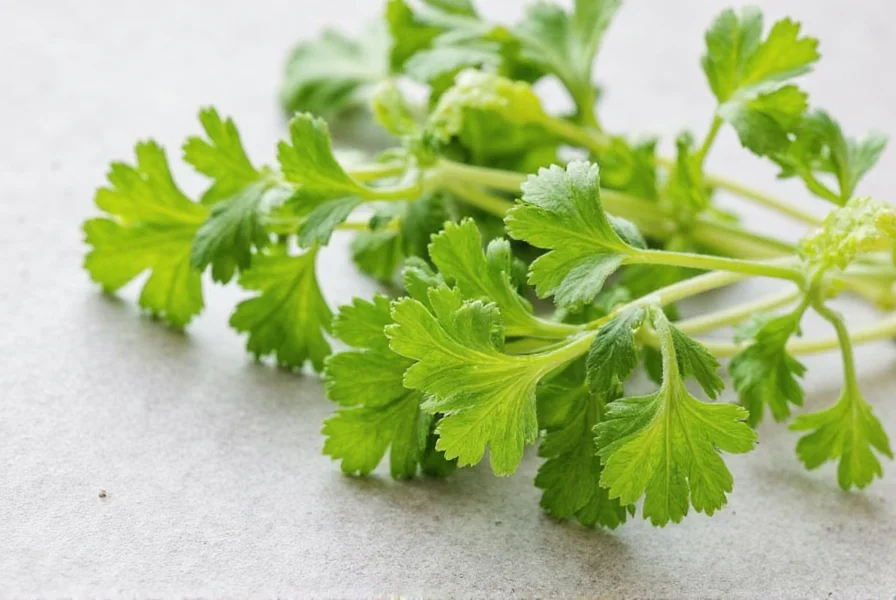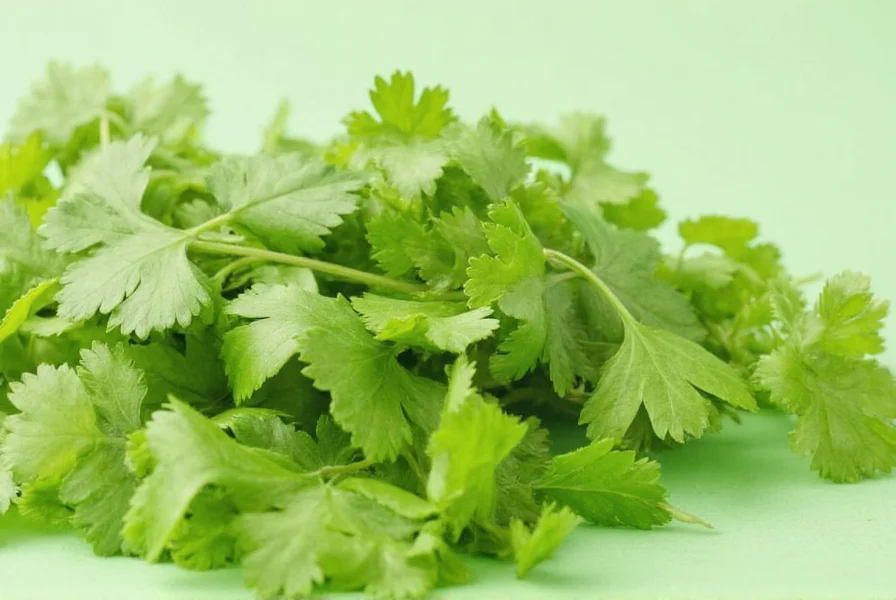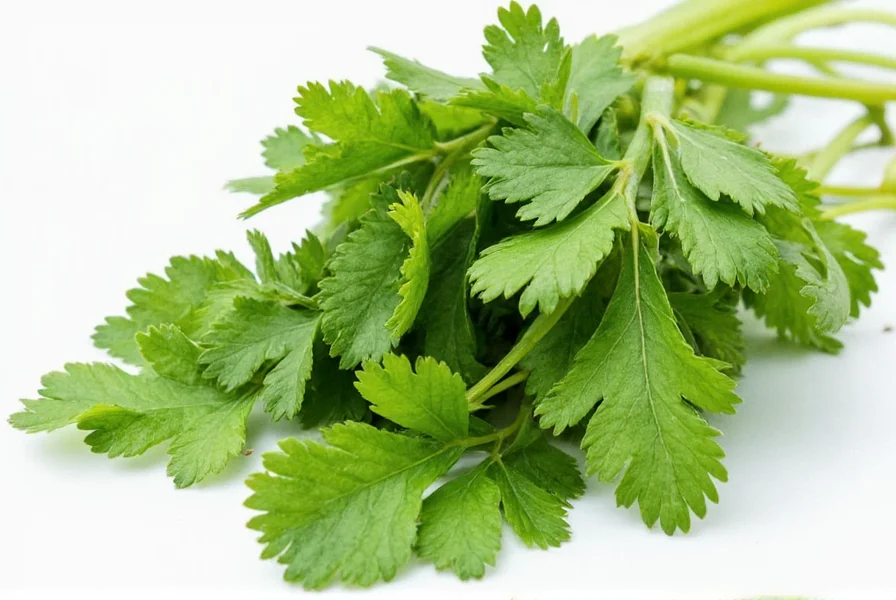Have you ever taken a bite of a dish featuring fresh coriander (also known as cilantro) only to be overwhelmed by a soapy flavor? You're not alone. Approximately 4-21% of the global population experiences this peculiar phenomenon where coriander tastes distinctly like soap. This isn't a matter of poor quality herbs or contaminated products—it's rooted in human genetics and sensory perception.
The Genetic Basis of Soapy Coriander Perception
Research published in the journal Chemical Senses identified a specific genetic variation near the olfactory receptor gene OR6A2 that strongly correlates with the soapy taste perception of coriander. This gene helps us detect aldehydes—organic compounds present in both soap and coriander.
Coriander contains several aldehyde compounds that give it its characteristic aroma. For most people, these aldehydes register as fresh, citrusy, and herbal. However, individuals with certain genetic variants perceive these same compounds differently, registering them as unpleasantly soapy.
| Population Group | Percentage Reporting Soapy Taste | Genetic Predisposition |
|---|---|---|
| East Asian populations | 21% | Highest prevalence |
| European populations | 17% | Moderate prevalence |
| South Asian populations | 7% | Lower prevalence |
| Hispanic populations | 4% | Lowest prevalence |
Why Doesn't Everyone Experience This?
The variation in coriander taste perception demonstrates how genetics shapes our sensory experiences. Those with the specific OR6A2 variant have olfactory receptors that bind more strongly to the aldehyde compounds in coriander, triggering the soapy perception. This is a perfect example of how our DNA influences everyday experiences with food.
Interestingly, repeated exposure can sometimes help people overcome this aversion. Many who initially dislike coriander find they can learn to enjoy it through gradual exposure, suggesting that while genetics plays a role, our taste perceptions aren't completely fixed.

When a Soapy Taste Signals Something More Serious
While genetic factors explain why coriander specifically tastes soapy to some people, a persistent soapy or metallic taste unrelated to coriander consumption could indicate underlying health conditions. This condition, known as dysgeusia, involves distorted taste perception and may be caused by:
- Zinc or vitamin B12 deficiency
- Certain medications (antibiotics, blood pressure medications)
- Dry mouth conditions
- Dental issues or oral infections
- Neurological conditions affecting taste pathways
- Upper respiratory infections
If you experience a persistent soapy taste that isn't limited to coriander consumption, consult with a healthcare provider to rule out underlying medical conditions. Unlike the genetic coriander-soap phenomenon, medically-induced dysgeusia often affects perception of multiple foods.
Managing Coriander Taste Sensitivity
For those genetically predisposed to perceive coriander as soapy, several approaches can help:
- Cooking methods: Heating coriander breaks down some aldehyde compounds, reducing the soapy perception
- Blending techniques: Processing coriander with fats (like in chutneys or pesto) can mask the offending compounds
- Gradual exposure: Small, repeated exposures may help retrain taste perception over time
- Substitutions: For recipes requiring fresh coriander, try parsley, basil, or culantro (a related but distinct herb)

Understanding the Science of Taste Perception
Taste perception involves complex interactions between our taste buds, olfactory receptors, and brain processing. What we experience as "taste" is actually a combination of:
- Gustation (basic tastes: sweet, sour, salty, bitter, umami)
- Olfaction (smell, which contributes significantly to flavor perception)
- Trigeminal sensations (texture, temperature, spiciness)
The coriander-soap phenomenon primarily involves olfactory processing rather than basic taste. This explains why people with the genetic variant don't necessarily find all bitter foods unpleasant—they specifically perceive certain aromatic compounds in coriander as soapy.
Genetic Testing and Personalized Nutrition
Advances in genetic testing now allow individuals to discover whether they carry the OR6A2 variant associated with soapy coriander perception. Companies offering consumer genetic testing often include this information in their food preference reports.
This represents a growing field of personalized nutrition, where understanding your genetic makeup can help explain food preferences and aversions. As research continues, we may develop more targeted approaches to help people enjoy foods they currently find unpalatable due to genetic factors.











 浙公网安备
33010002000092号
浙公网安备
33010002000092号 浙B2-20120091-4
浙B2-20120091-4